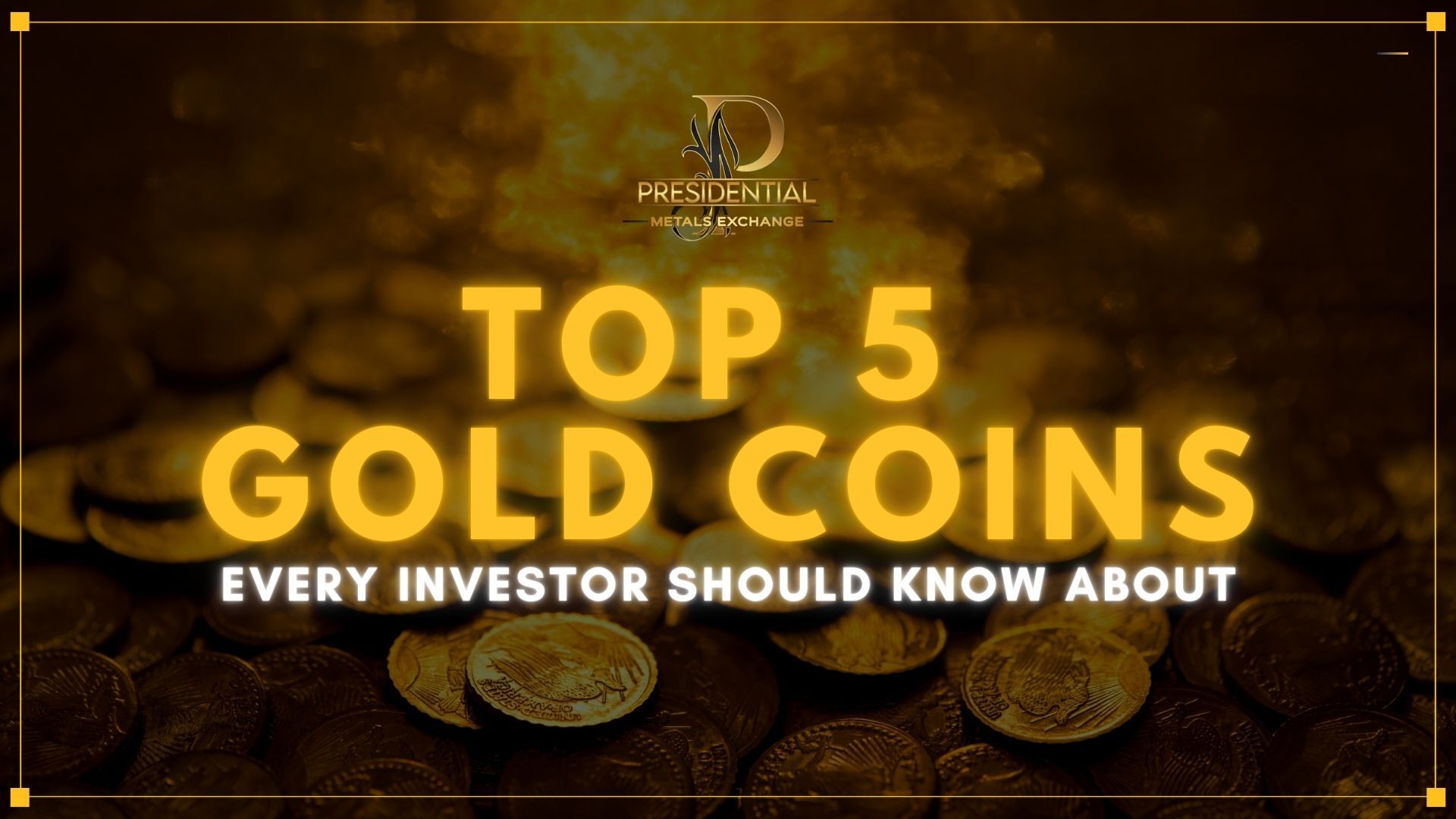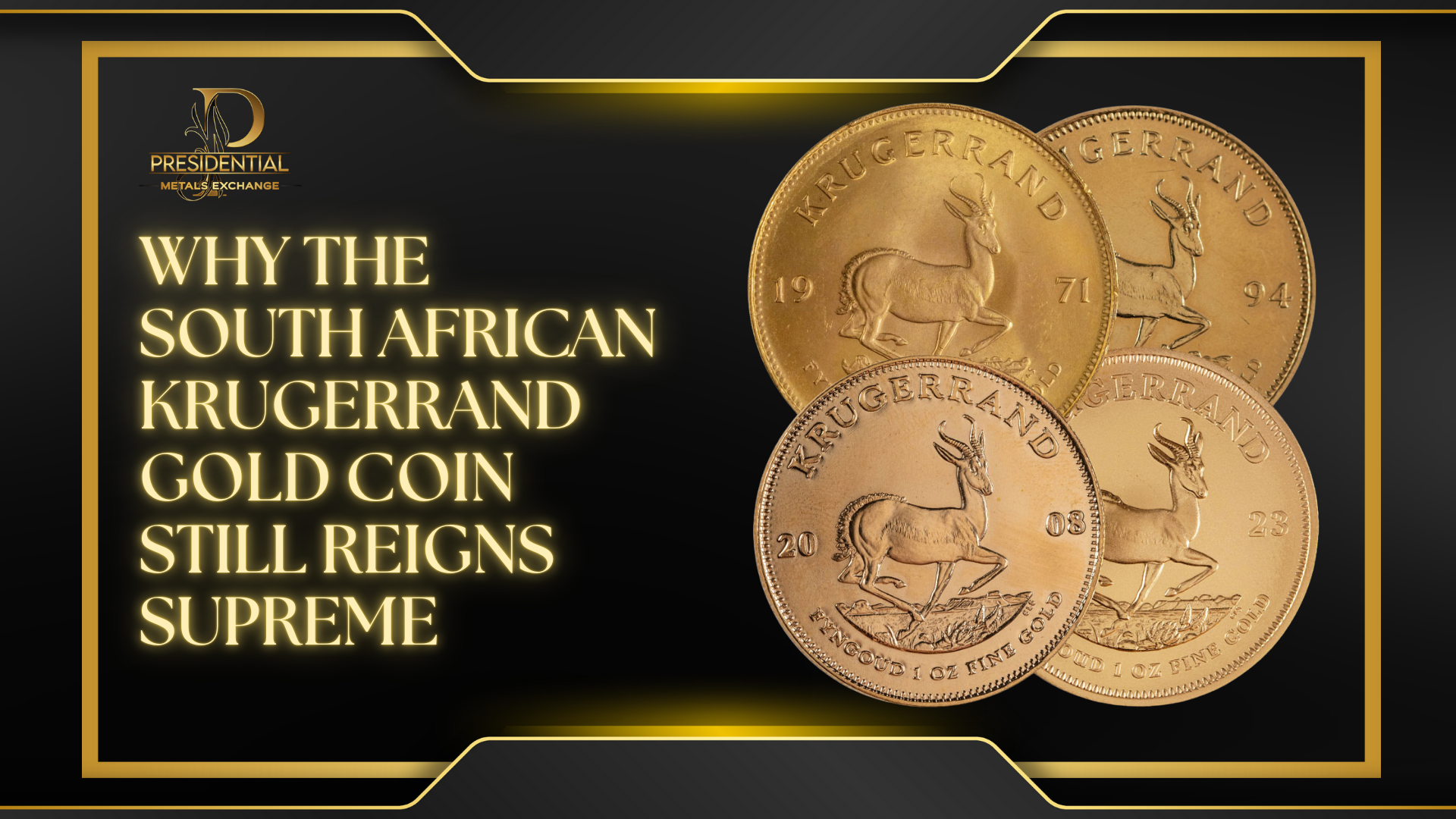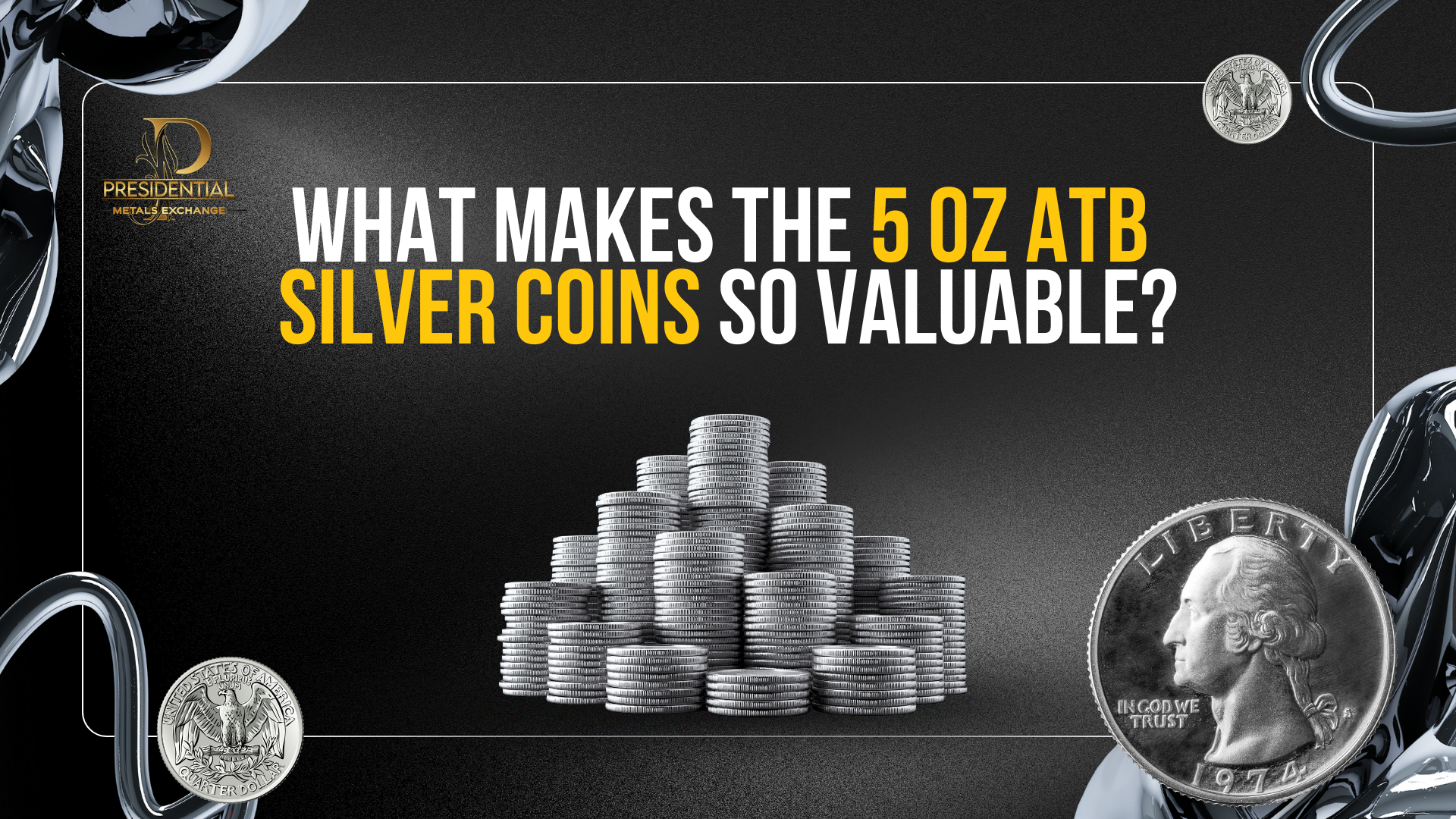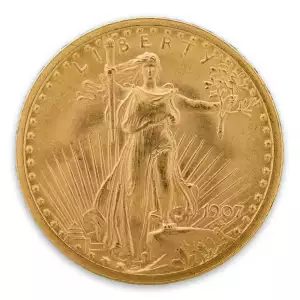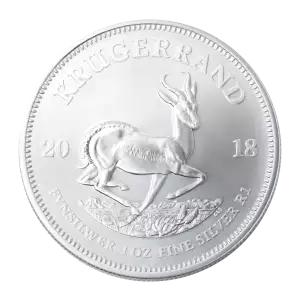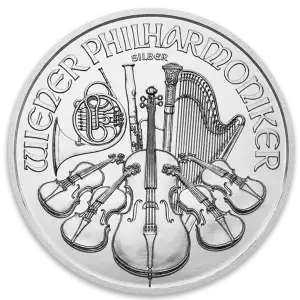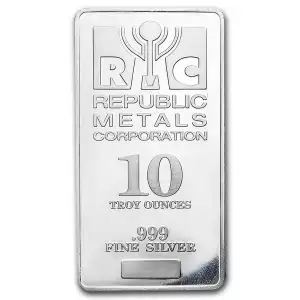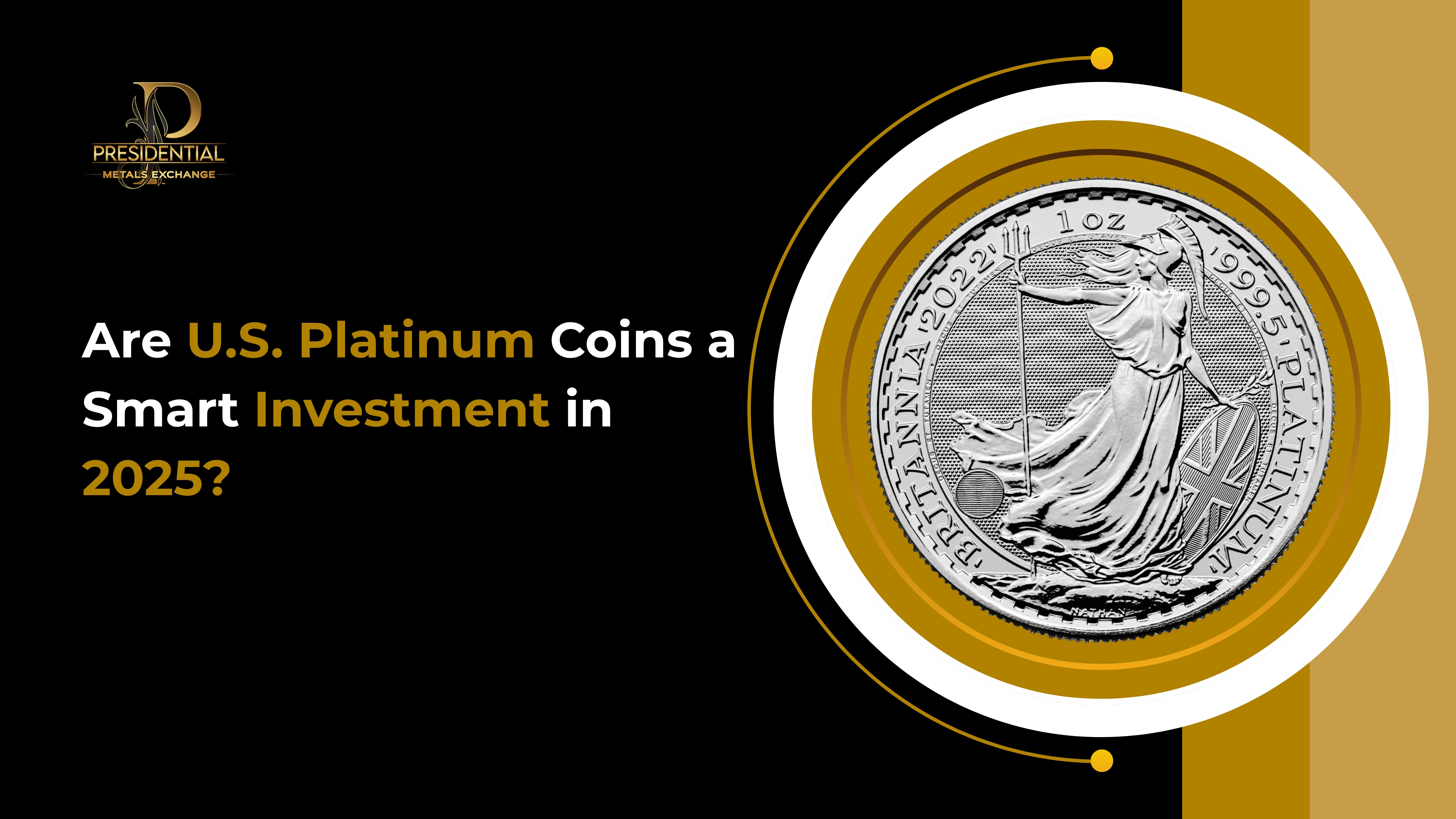
If you’ve been scouring the markets for a way to diversify your portfolio in 2025, you’ve probably heard the buzz around precious metals. Gold gets the lion’s share of attention, with silver not far behind. But platinum? That’s the underdog with a serious pedigree, and it’s worth a hard look. Did you know platinum prices from the start of 2025 to June 11, 2025 have moved up over 37%!
In particular, American Platinum Eagles, the U.S. Mint’s official platinum bullion coins, are gaining traction among savvy investors. In this in-depth guide, we’ll break down why platinum coins could be your next best move, what to watch in the market, and how to snag them through a trusted dealer.
What Exactly Are American Platinum Eagles?
Launched in 1997, the American Platinum Eagle is the platinum counterpart to the wildly popular American Gold Eagle. Each coin contains 99.95% pure platinum, guaranteed by the U.S. government for weight and purity. Produced in four sizes: 1 oz ($100 face value), ½ oz ($50), ¼ oz ($25), and 1/10 oz ($10) until 2008, and 1 oz ($100 face value) to date.
It offers several key perks. Let's find out about them:
- Government-Backed Guarantee: You know exactly what you’re getting. No pesky impurities or weight discrepancies.
- Recognized Worldwide: Dealers, collectors, and investors on every continent recognize the Platinum Eagle.
- IRS-Friendly: Eligible for inclusion in IRAs, just like gold and silver Eagles.
A 2025 Outlook at the Platinum Market
Supply Shortages Persist
- 2025 Deficit: UBS forecasts roughly a 500,000-ounce shortfall for platinum this year, marking the third straight year of deficits. Why? Major producers like South Africa have grappled with operational hiccups, labor disputes, and rising extraction costs.
Demand Drivers Are Evolving
- Automotive Catalysts: Sure, battery-electric vehicles skip platinum, but hybrids still rely on platinum-based catalytic converters. Moreover, with environmental standards tightening globally, automakers can’t ditch platinum altogether.
- Hydrogen Economy: Fuel cells, key to hydrogen vehicles and industrial applications, use platinum as a catalyst. As governments pour money into hydrogen infrastructure, platinum demand should climb.
- Jewelry & Industry: High-end jewelry accounts for about 40% of annual platinum demand. Even luxury demand took a breather during the pandemic; as economies rebound, so can jewelry appetite.
Is Platinum Poised to Rally?
Historically, Platinum peaked north of $2,200/oz in 2008, then spent a decade languishing below gold prices. In 2021–2022, it flirted with $1,200–$1,300/oz, then dipped amid economic uncertainty. In 2025, analysts estimated a consensus range of $850–$1,220 per ounce. With prices currently above the top end of that range, this could be a repeat of the 2024 surge in gold prices!
With Gold hitting record highs above $3,500 per ounce on April 22, 2025, platinum looks extremely undervalued. If you believe in a reversion toward historical gold-platinum ratios, then there’s upside potential.
Moreover, precious metals often shine when real yields are negative and inflation’s on the menu. With central banks walking a tightrope in 2025, balancing rate cuts against inflation fears, platinum’s role as a portfolio diversifier and partial hedge may not be ignored.
Pros & Cons of Platinum Coin Investing
Pros
- Scarcity Premium: Far less supply than gold or silver.
- Industrial & Green Tech Growth: Hydrogen fuel cells, tighter emissions rules.
- Numismatic Upside: Limited mintages and distinctive designs can trade at premiums.
Cons
- Higher Premiums Over Spot: Dealers often charge more over the spot price compared to gold due to its rarity.
- Liquidity isn’t as Deep: Fewer market participants vs. gold and silver.
- Price Volatility: Thinner trading volumes can magnify price moves.
Incorporating Platinum Coins into Your Portfolio
Asset Allocation Guidelines
Many suggest 5–20% of a diversified portfolio in precious metals. Within that slice, you might split between gold, silver, and platinum based on:
- Risk Tolerance: Platinum’s volatility suits higher-risk profiles.
- Market Outlook: If you’re bullish on green technologies, tip the scale toward platinum.
- Income Strategy: Platinum can outperform in reflationary or industrial-led growth scenarios.
Dollar-Cost Averaging (DCA)
Rather than snapping up a big chunk at once, consider monthly or quarterly buys to smooth out the peaks and valleys of the spot price. This approach can be especially prudent in a metal as volatile as platinum.
How to Buy & Store Your Platinum Coins
Where to Shop
- Reputable Dealers: Always go with established names. Presidential Metals has built a reputation for fair pricing, transparent inventory, and secure shipping.
- Compare Premiums: Look at “buy” vs “sell” spreads across dealers. A narrow spread usually signals a healthier secondary market.
- Verify Government Guarantee: Coins from well known government mints, and verifiable assay cards for proof of authenticity.
Storage Options
- Home Safe: If you have a heavy-duty, insured safe and a strong home security setup, this can work.
- Third-Party Vaulting: Allocated storage through banks or specialized vaults, often around 0.5–1% of your holding’s annual value.
- Deposit Boxes: Cheaper but less insured, be sure you have adequate insurance coverage.
Potential Pitfalls & How to Mitigate Them
- Counterparty Risk: Always buy from established, well-capitalized dealers like Presidential Metals.
- Market Illiquidity: Keep enough gold and silver on hand for quick liquidity needs; let platinum play the longer game.
- Storage Costs: If you choose professional vaulting, factor in annual fees. Budget 0.5–1% of your holding’s value.
Conclusion
U.S. Platinum Eagles tend to offer a unique blend of scarcity, and industrial demand. While they carry higher premiums and volatility versus gold, they also possess asymmetrical upside if the green-tech revolution and supply deficits persist.
For investors willing to ride the bumpy road, a 5–10% allocation in platinum coins can diversify risk and position your portfolio to capitalize on an industrial metal that’s as much about tomorrow’s technology as it is about wealth preservation. Ready to add U.S. platinum coins to your lineup? Head over to Presidential Metals for straightforward pricing, secure transactions, and expert support.
Frequently Asked Questions
1. Is platinum cheaper than gold right now?
Yes, often. The platinum-to-gold ratio frequently dips below historic averages (around 1:1 historically vs. today’s 1:1.2–1.4), which value hunters see as a buying signal.
2. Can I include Platinum Eagles in my IRA?
Absolutely. They meet IRS purity requirements and can be held in a precious-metals IRA with the right custodian.
3. What about selling?
Most major dealers repurchase Eagles at competitive rates, just watch the bid-ask spread and timing to avoid selling on a local “dip” without researching recent settlement prices.

